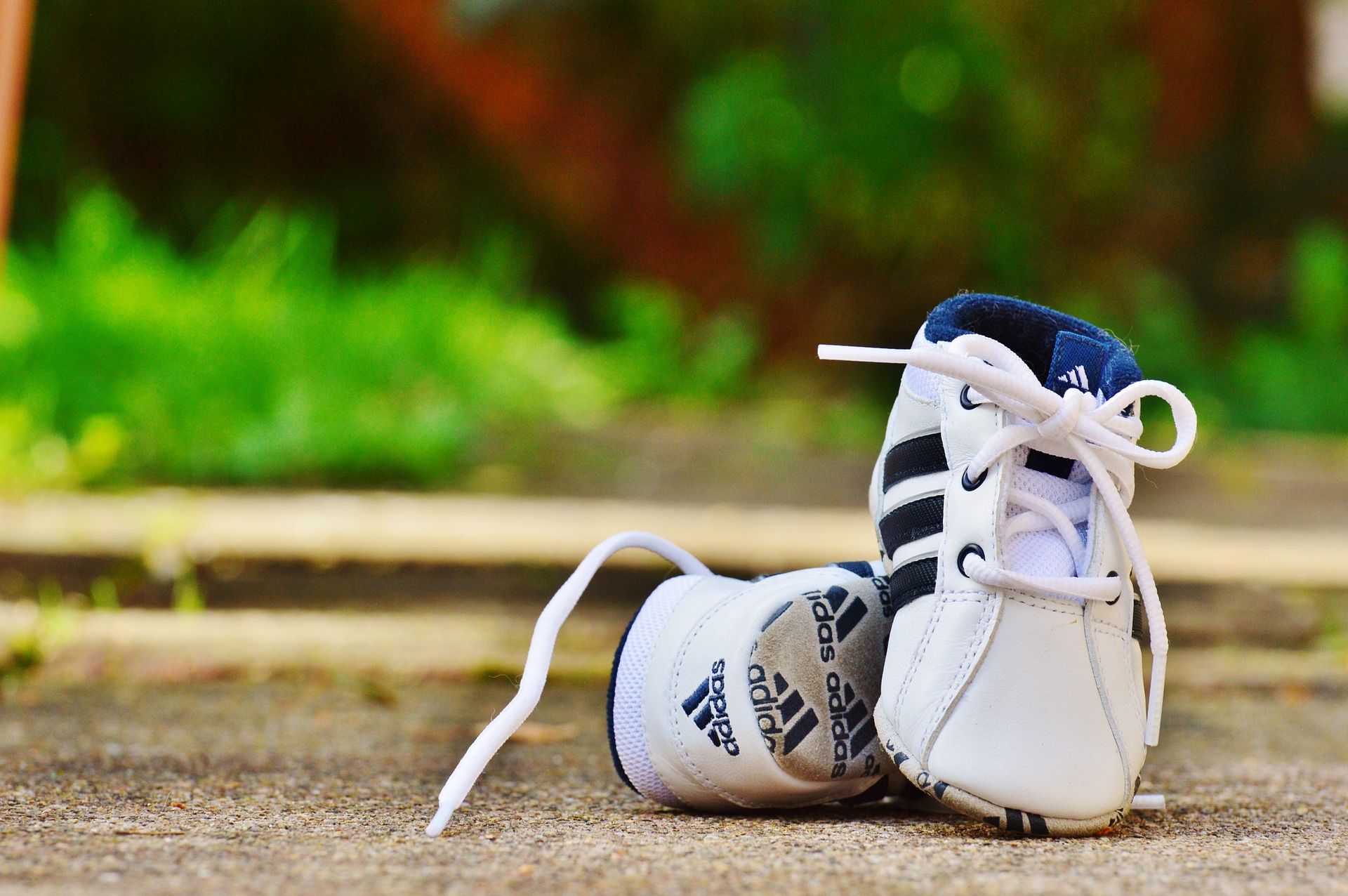
The fashion industry as a whole is not known for being sustainable or eco-friendly, producing 10 percent of all global carbon emissions. According to the United Nations, the textile dyeing that happens within the industry is the second-largest polluter of water globally. On top of that, synthetic fibers, which are non-biodegradable and take over 200 years to decompose, are used in 72 percent of all clothing items.
However, recently a few major fashion brands have stepped up and made commitments toward sustainability.
Fashion Giant Makes Major Promises

Inditex, the third-largest clothing company in the world, announced a series of new sustainability commitments at their annual shareholders' meeting in July. The most notable pledge being that 100 percent of cotton, polyester, and linen used by its eight brands will be organic, sustainable, or recycled by 2025. These three textiles make up 90 percent of the raw threads purchased by the fashion giant.
Inditex's sustainability initiatives have already been adopted by its eight brands, which include popular fashion retailer Zara. By the end of 2019, it is expected that 100 percent of all Zara stores will be eco-efficient, which includes the elimination of plastic bags.
Inditex has been making substantial efforts towards sustainability starting in 2015 when it installed clothing drives in more than 800 stores worldwide. Inditex developed a service to pick up used clothes from customers' homes in Spain, Beijing, and Shanghai and will be extended to London, Paris, and New York. The fashion company has partnered with charities to redistribute used clothing and is currently working with MIT to find feasible ways to recycle plastic fibers.
Popular Footwear Brand Pledges to Quit Plastic

Another fashion leader made plans recently to adopt sustainable practices. Adidas announced in July that by 2024 they will only use recycled plastic in their shoes and clothing. This announcement comes after their successful commitment to producing recycled plastic footwear. The company sold 1 million pairs of shoes in 2017, then 5 million in 2018, and is now projected to sell 11 million pairs in 2019.
Adidas is making a crucial commitment to curb the fashion industry's excessive consumption of plastic. Virgin polyester, a type of plastic fiber, made up 55 percent of the global fiber market in 2016. Seventy-six million tons of the fiber were produced that year, with only a small percentage of plastic being recycled globally. In the United States, less than 10 percent of plastic is recycled each year.
The Fashion Industry Needs to Catch up
Besides the efforts made by individual brands, the fashion industry needs to take larger steps toward sustainability. A 2019 study, entitled Pulse of the Fashion Industry 2019 Update, reports that the fashion industry is not moving fast enough in terms of sustainability to counterbalance the harmful impact of its rapid growth.
According to the report—which was conducted by the Boston Consulting Group, the Global Fashion Agenda, and the Sustainable Apparel Coalition—by 2030 the global apparel and footwear industry will have grown by 81 percent, to 102 million tons, exerting an unprecedented strain on planetary resources.
The study measured the industry's social and environmental performance with a €œPulse Score,€ and found that the industry improved from 2017, rising from 32 on a 100-point scale to 42 in 2019. However, the report concluded that the industry is far from sustainable. The report stated that if the industry's Pulse Score remains on its current trajectory then €œthe gap between industry output and Pulse Score will continue to widen, and the harmful consequences of increased production will become even more challenging to overcome.€
What You Can Do

Even with the industry struggling to be sustainable, you can still be an environmentally-conscious consumer. There are successful fashion brands, big and small, that sell sustainable clothing and many of them will not break the bank.
Once you are finished with your clothing items, it is best to donate them so that you can avoid them lying in a landfill and harming the environment. Planet Aid has over 19,000 large yellow bins where you can donate your used clothing and shoes. You can find the closest bin to donate your clothes.
